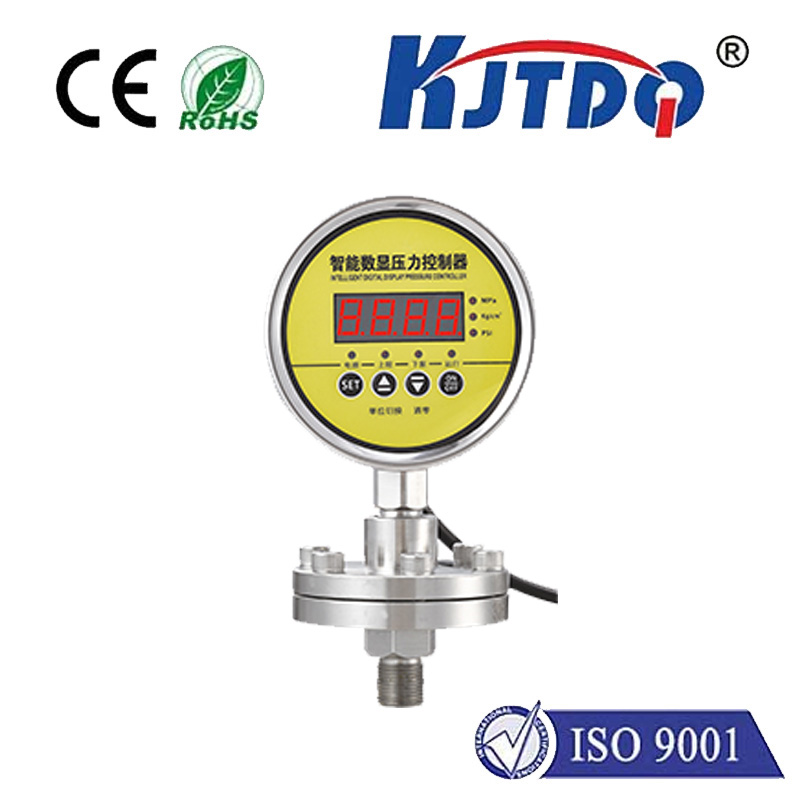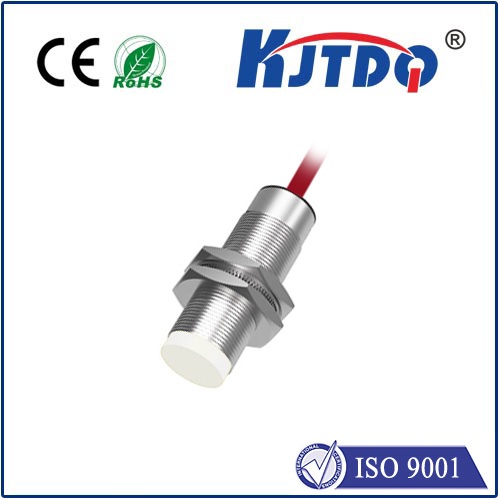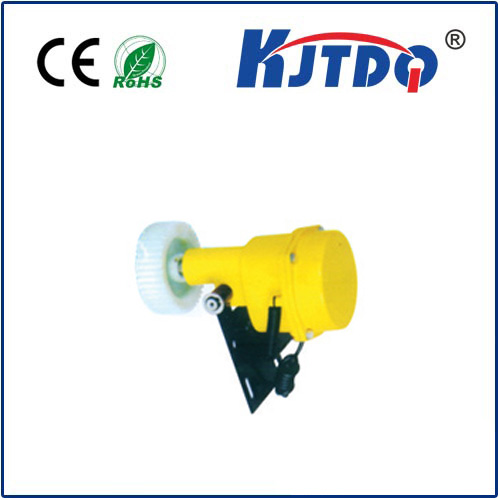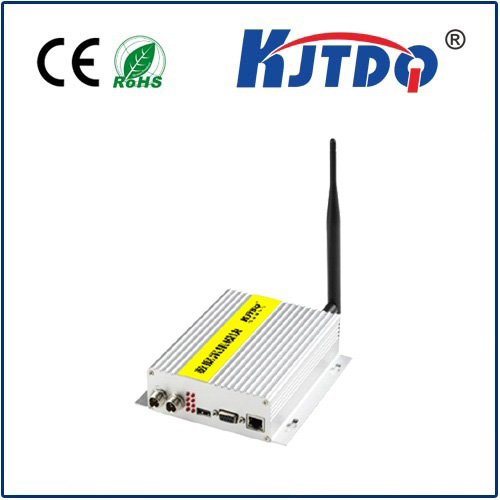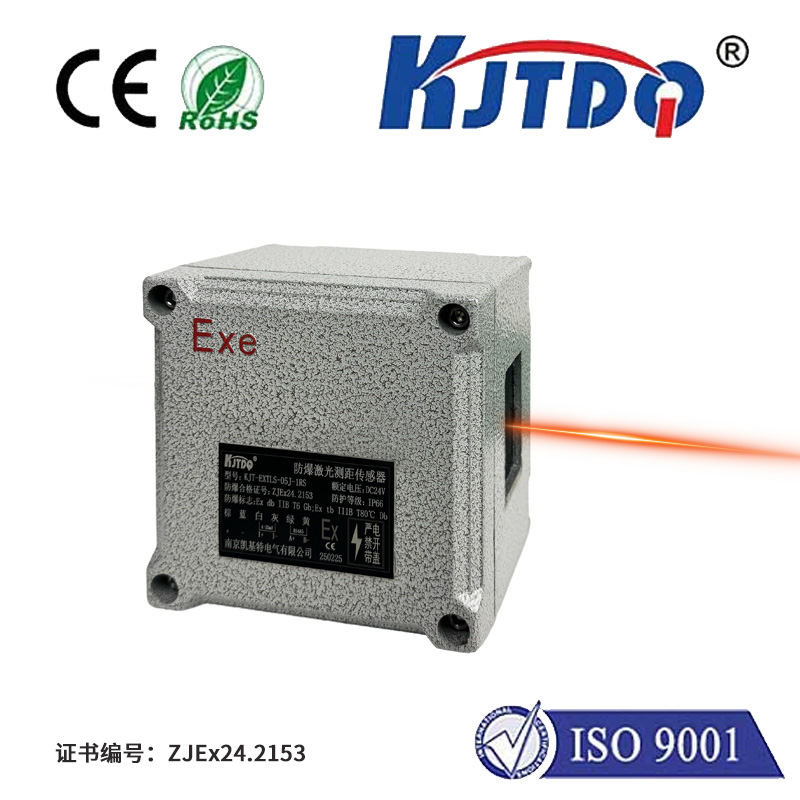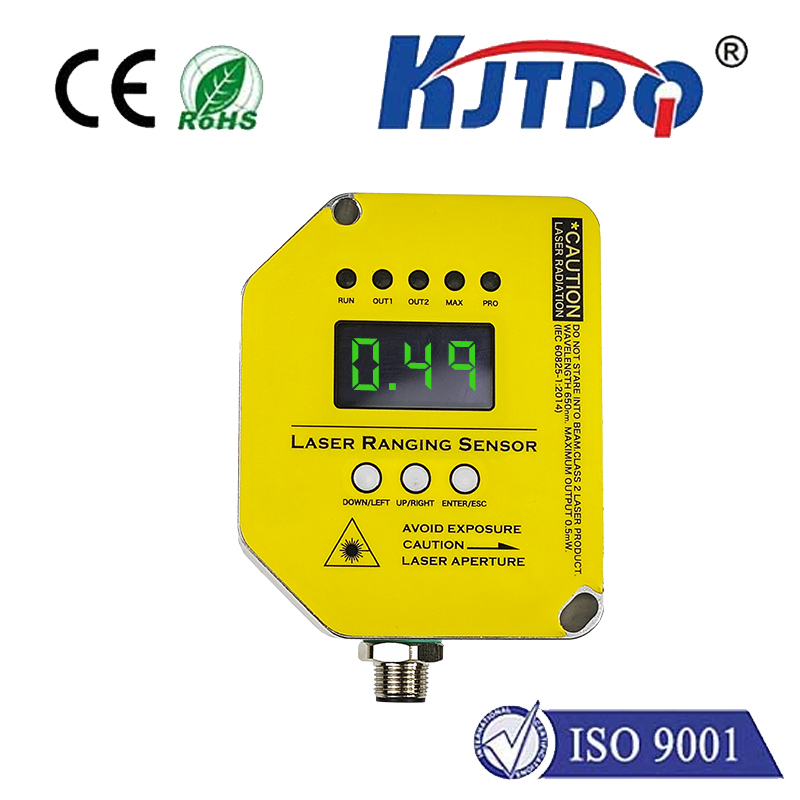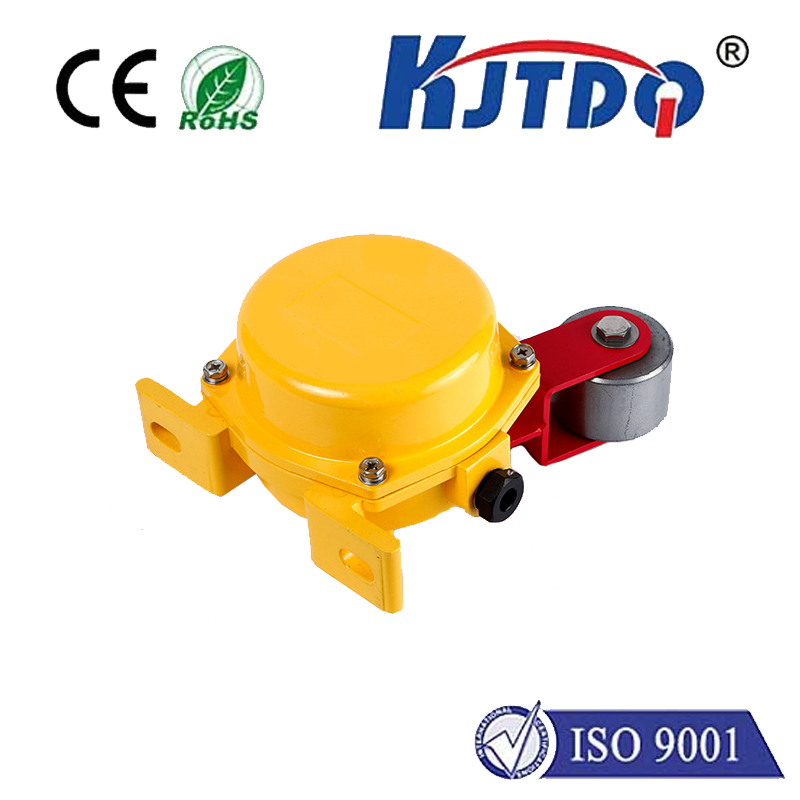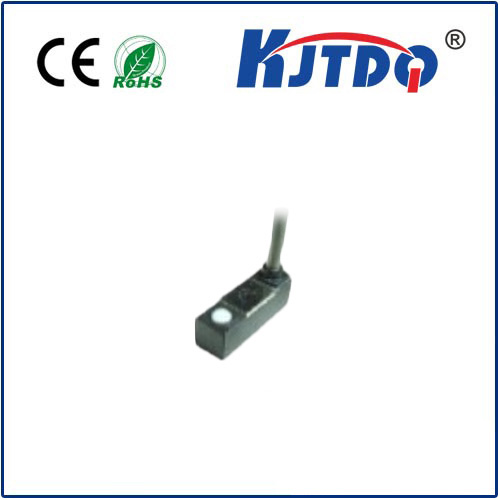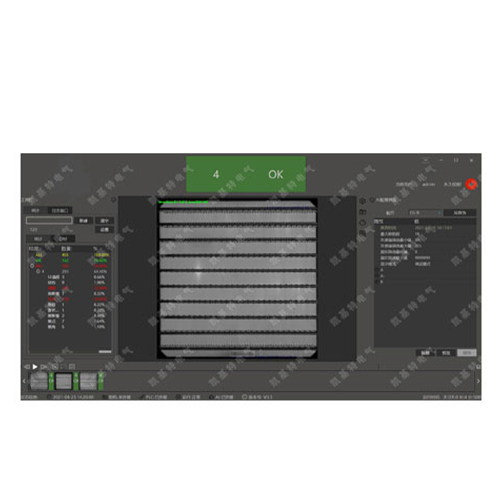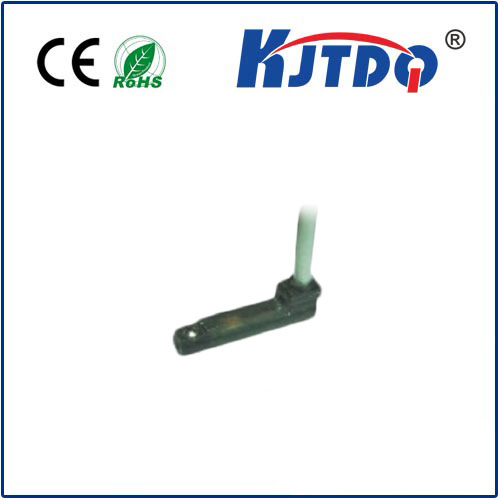

check

check

check

check
PX-10CP Photoelectric Sensor: Enhancing Precision and Efficiency in Industrial Automation
In today’s fast-paced industrial environment, the integration of advanced sensors plays a pivotal role in optimizing production processes and ensuring operational efficiency. Among the various types of sensors used in manufacturing, the PX-10CP photoelectric sensor stands out as a reliable and versatile solution, particularly in applications that require high precision and rapid response. This article explores the features, applications, and benefits of the PX-10CP photoelectric sensor, highlighting its role in modern automation systems.
The PX-10CP photoelectric sensor is designed to detect the presence or absence of objects using light beams. It operates on the principle of detecting light reflection or absorption, making it highly effective in environments where visibility and accuracy are critical. Unlike traditional sensors that rely on electrical signals, the PX-10CP uses light to detect objects, which minimizes the risk of false readings and reduces the need for complex wiring. This makes it an ideal choice for applications where reliability and simplicity are paramount.

One of the key advantages of the PX-10CP sensor is its ability to detect objects at a distance. By utilizing a light emitter and a receiver, the sensor can accurately determine the position of an object without physical contact. This non-contact detection method is particularly beneficial in applications such as conveyor belt monitoring, material handling, and quality control. The sensor’s high sensitivity and precision ensure that even small objects are detected reliably, reducing the chances of misfeeds or errors in production lines.
Moreover, the PX-10CP sensor is designed for durability and long-term performance. It is built to withstand harsh industrial conditions, including dust, moisture, and temperature fluctuations. This makes it suitable for use in a wide range of environments, from food and beverage processing to pharmaceutical manufacturing. Its robust construction ensures that the sensor can operate continuously without frequent maintenance, thereby reducing downtime and increasing productivity.
Another notable feature of the PX-10CP sensor is its adaptability. It can be easily integrated into existing automation systems, making it a flexible solution for various industrial applications. Whether it is used in a production line to monitor product flow or in a warehouse to track inventory, the sensor offers a scalable and customizable option for different needs. Its modular design allows for easy installation and adjustment, simplifying the integration process for engineers and technicians.
In addition to its technical advantages, the PX-10CP sensor also contributes to energy efficiency. By eliminating the need for electrical wiring and reducing the power consumption associated with traditional sensors, it helps lower operational costs. This makes it a cost-effective solution for manufacturers looking to optimize their energy use while maintaining high performance.
The PX-10CP photoelectric sensor is not only a tool for automation but also a key enabler of smarter manufacturing. Its ability to provide real-time data and enhance process control makes it an essential component in modern industrial setups. As industries continue to evolve, the demand for high-performance sensors like the PX-10CP will only grow. By investing in such technologies, manufacturers can future-proof their operations and stay competitive in the global market.
In conclusion, the PX-10CP photoelectric sensor represents a significant advancement in industrial automation. Its combination of precision, reliability, and adaptability makes it a valuable asset in various applications across different industries. As technology continues to develop, the role of such sensors in driving productivity and efficiency will become even more critical.
